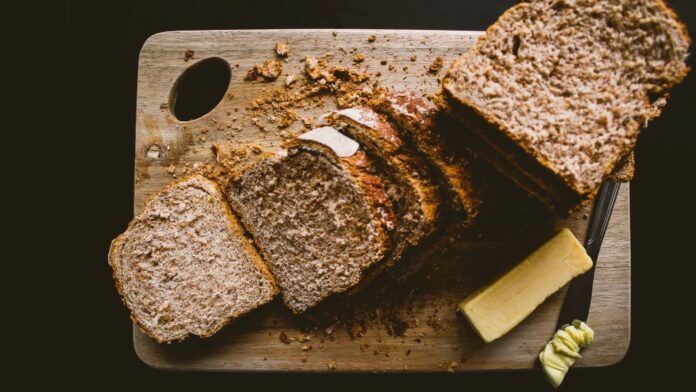Bread is one of the most commonly found ingredients in our kitchens. We eat it for breakfast in various forms like toast, sandwich or poha.
When it comes to what kind of bread to choose, the options seem endless, with brown bread and multigrain bread standing out as popular healthy choices. Both varieties offer nutritional benefits, but understanding the differences can help you make a more informed decision based on your health goals.
Brown bread
Brown bread, often labelled as whole wheat or whole grain bread, is made from flour that includes the entire wheat kernel-bran, germ, and endosperm. This results in a higher fibre content, providing several health advantages.
Rich in fibre
Brown bread is a superb source of dietary fibre. The inclusion of wheat bran aids digestion, promotes bowel regularity, and contributes to a feeling of fullness. A fibre-rich diet is associated with a lower risk of heart disease, diabetes, and certain types of cancer.
Nutrient-rich
Retaining the bran and germ means that brown bread retains more nutrients, including vitamins, minerals, and antioxidants. This makes it a nutritionally dense choice, offering essential nutrients for overall health.
Stabilises blood sugar
The fibre in brown bread slows down the absorption of sugar, helping to stabilise blood sugar levels. This can be particularly beneficial for individuals with diabetes or those aiming to manage their blood sugar.
Multigrain bread
Multigrain bread, as the name suggests, contains a mix of various grains. While this can include whole grains, it doesn’t guarantee that all grains used are whole. Understanding the ingredient list is crucial when choosing multigrain bread.
Diverse nutrient profile
Multigrain bread can offer a diverse array of nutrients, depending on the grains used. However, it’s essential to check labels to ensure a significant portion of the grains is whole, as refined grains may be included.
Potential for lower fibre content
Unlike brown bread, multigrain bread may not always contain the entire grain, potentially leading to a lower fibre content. It’s essential to look for multigrain options that prioritise whole grains for maximum nutritional benefits.
Varied taste and texture
Multigrain bread often boasts a more complex taste and texture due to the combination of different grains. This can add variety to your diet and cater to personal preferences.
Choosing the right bread for you
If your goal is to increase fibre intake and benefit from a broader range of nutrients, brown bread is an excellent choice. Look for labels that specifically mention whole wheat or whole grain.
If you enjoy a mix of grains and textures, multigrain bread can be a great option. Ensure it contains a significant proportion of whole grains to maximise nutritional value.


